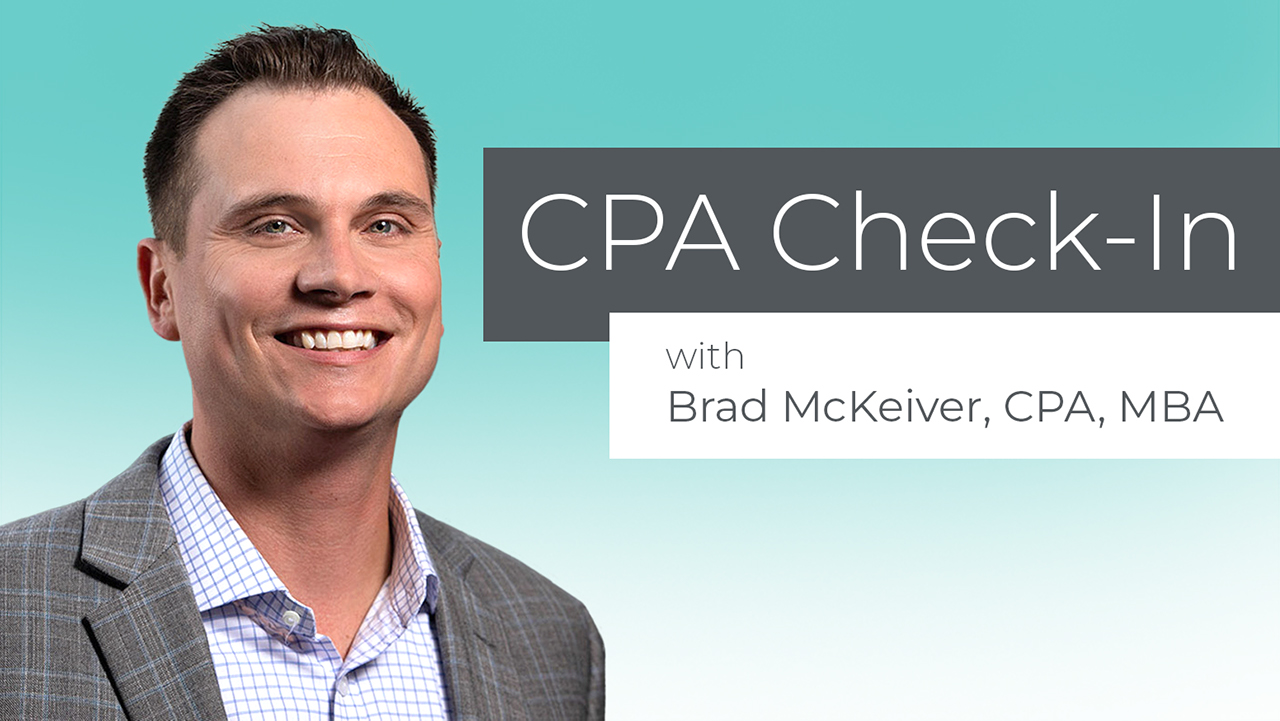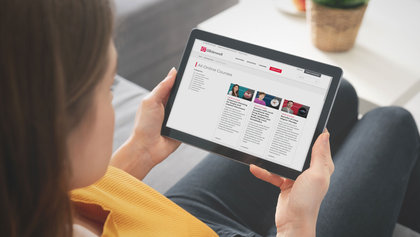2201 Dupont Dr., Irvine, CA 92612
© 2025 Glidewell. All rights reserved.
800-854-7256 USA
Learn how a 2nd PPP loan and other federal relief programs can benefit your practice.

Congress and the U.S. Small Business Administration (SBA) kicked off the new year by announcing changes to the Paycheck Protection Program (PPP) and the Employee Retention Credit (ERC), which are both designed to help businesses navigate the tumultuous economic climate triggered by the COVID-19 pandemic.
Dental practices all over the country stand to benefit from these changes. Here is a breakdown of the key updates you should know and consider as you start planning for 2021.
In early January, the SBA announced that it would be reopening its portal to accept new PPP loan applications from new borrowers and certain existing borrowers. To start, the portal was only available to community financial institutions to promote access to capital. Starting Jan. 19, all borrowers were given access to the portal by the SBA.
The vast majority of dental practice owners who are considering these loans are looking at the Second Draw PPP Loan program.
For most practices, this decline in gross receipts would have been experienced in the second quarter of 2020 as compared to the same quarter of 2019. But what if you weren’t in business during all of 2019? The SBA provides these alternative periods to review:

At the end of last year, Congress passed the Consolidated Appropriations Act of 2021 (the Act), which included a host of new changes to COVID-19–related government relief programs. The biggest change: Businesses that received a PPP loan in the first round of distribution, or those that will seek a PPP loan in the second round of distribution, are now eligible to take the ERC.
PPP recipients can now file amended returns to claim the ERC for 2020 or claim the ERC in 2021. What’s more, the Act brought forth significant enhancements to the ERC for the new year, which will be a welcome change to dental practice owners.
The ERC is a refundable federal payroll tax credit designed to encourage businesses to retain their employees through the COVID-19 pandemic. The credit can be claimed by businesses on their quarterly Form 941 (Employer’s Quarterly Federal Tax Return), and a business’s total number of employees does not affect whether it can claim the credit.
When it comes to claiming the ERC, dental practice owners need to be mindful of “double-dipping.” Essentially, a practice may not double-benefit from claiming credits based on the same wages for the purposes of the ERC and the PPP; wages used in calculating paid sick and family leave credits under the Families First Coronavirus Response Act (FFCRA); and the Work Opportunity Tax Credit (WOTC).
The ERC is available to any private-sector business that:
The fully or partially suspended standard is where most dental practice owners have focused their eligibility.
How exactly do the rules define a “full” or “partial” suspension? A business is deemed to be fully or partially suspended if an appropriate government authority imposed restrictions on the business’s operations so that:
In addition, more than a “nominal portion” of the business’s operations need to have been suspended by a government order for it to be considered in these categories. For “essential businesses,” the suspension also must have had an impact on key supplier, patient or customer relationships.
For the purposes of evaluating suspension, government orders include:

Under the new guidance, loan forgiveness has also been expanded to include a number of new business expenses.
Under the prior PPP guidance, nonpayroll expenses that were eligible for forgiveness included payroll, mortgage interest, rent and utilities. Now, under the newly expanded guidance, nonpayroll expenses also include operations expenditures, property damage costs, supplier costs and worker protection expenditures.
There are also changes to the COVID-19 Economic Injury Disaster Loan (EIDL) program. Under the prior guidance, EIDL advance funds reduced loan forgiveness dollar for dollar; under the current guidance, EIDL advances no longer have an impact on loan forgiveness.
The SBA is also providing a simplified loan forgiveness application for loans of $150,000 or less. The application must include:
While it’s great to see more opportunities for dental practice owners and other American businesses to get some relief, the guidelines that govern these programs can be complicated. That’s why it’s important to partner with a trusted, professional team that can help you navigate the application processes and make sure you have a strategy that allows you to make the most of your funds.
At Aprio, we have established a dedicated PPP and ERC team that is solely focused on helping a business like yours navigate these government programs and use the funds to strengthen your balance sheets. We also have deep, industry-specific experience working with growth-focused dental practices of all sizes.
If your dental practice needs a professional partner and you would like to learn more about how Aprio can help, please contact me.
About the Author
Brad McKeiver, CPA, MBA, is partner-in-charge of Aprio’s National Dental Industry Practice, an accounting solutions group. He arms dentists with real-time financial data and has helped numerous practitioners make informed business decisions to drive increased profitability. He also is a regular presenter for Glidewell Online Study Club webinars, where you can receive 1 CEU per course. You can contact him at brad.mckeiver@aprio.com.
Send blog-related questions and suggestions to hello@glidewell.com.


